Lawn care at different times of the year
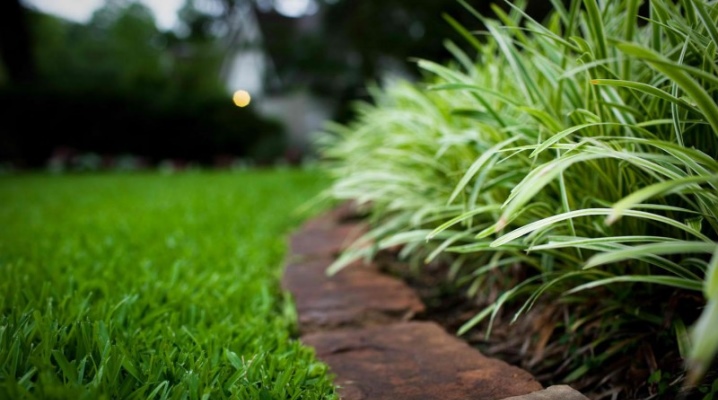
Arranging a lawn is a popular way to decorate a local or public area. At the same time, in order for the grassy coating to retain its aesthetically pleasing appearance, it must be carefully and carefully looked after. Grooming measures (their frequency, type and intensity) should differ depending on the specific time of the year. Today in our article we will talk in more detail about how to properly care for the lawn in different seasons.
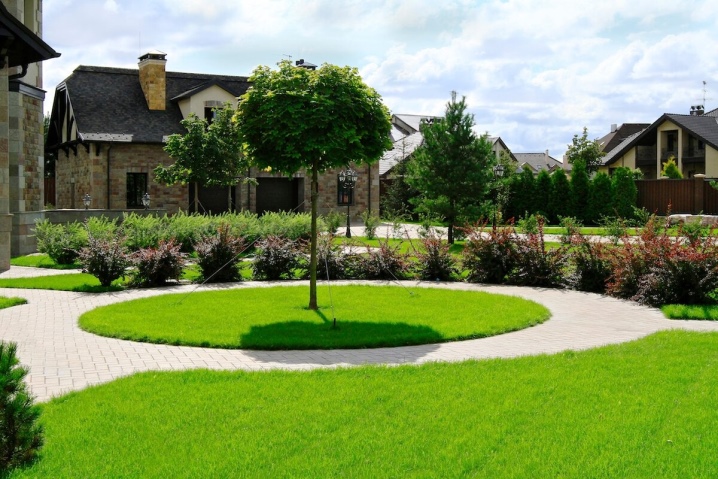
Watering rules
Watering is the main care your lawn needs. Professional watering is recommended using special equipment and tools (for example, sprayers). For in order to properly water the grassy surface (in the country, in a public area or near the house), it is necessary to ensure that the soil is moistened 20 centimeters deep. As for the regularity of watering, this procedure should be carried out once every 2-3 days (preferably in the morning). Despite the fact that watering is carried out regularly, it should not be excessive. Excessive moisture can lead to fungal diseases or even rotting.

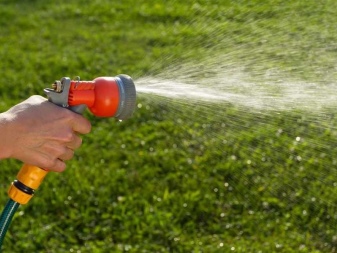
The water temperature should not be either too high or too low. If you ignore this rule, then the grass will experience severe stress and lose the ability to absorb nutrients and minerals from the soil, respectively, will die over time. In addition, the irrigation procedure should be carried out directly using special devices: hoses with a diffuser, a sprinkler or a sprinkler. This rule is due to the fact that direct jets of water (especially strong pressure) can cause irreparable harm to plants.
Important! Watering should only be done if you are caring for the sowing lawn. Artificial turf does not need this kind of maintenance.
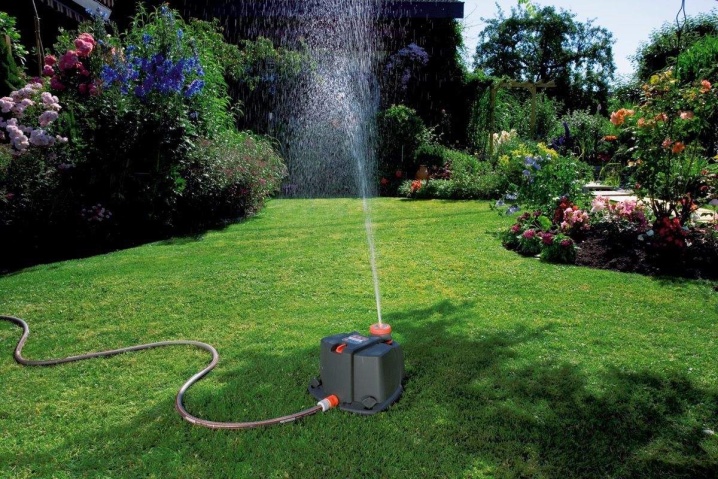
How to cut?
In order for the lawn to look as neat and tidy as possible from an external point of view, it is necessary to mow regularly. As a general rule, this procedure is carried out once every 2-4 weeks. However, the above frequency may vary depending on what crops are planted on the lawn. For example, cereals require frequent trimming, and clover need to be trimmed infrequently. For mowing (as well as for watering), it is recommended to use specially designed tools, such as trimmers or lawn mowers.

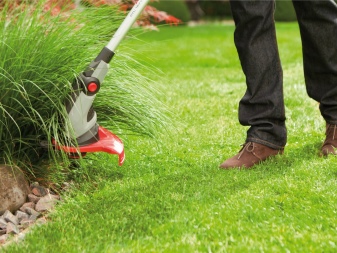
As for the positive effects of this procedure, then, In addition to improving the appearance, it should be noted that thanks to the shearing, you can get rid of weeds, as well as stimulate and activate the growth of the grass cover. It should be borne in mind that the haircut procedure itself is recommended to be performed only under strictly defined conditions: in dry and cool weather.
As for the execution technique, experts advise cutting the lawn in several directions: first across the site, and then along.
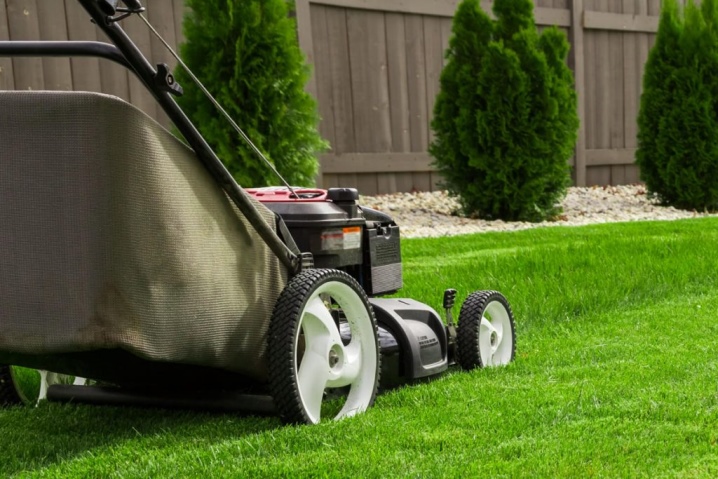
At the end of the procedure, it is imperative to remove all the mown grass so as not to provoke the onset of diseases. The maximum height of the mowed grass should be 10 centimeters.

Fertilization
If you want your grass cover to grow and develop actively, you need to make sure that the soil in which it grows contains enough mineral nutrients. If the soil in this regard is depleted, then fertilizer and top dressing should also be added to the mandatory maintenance measures.
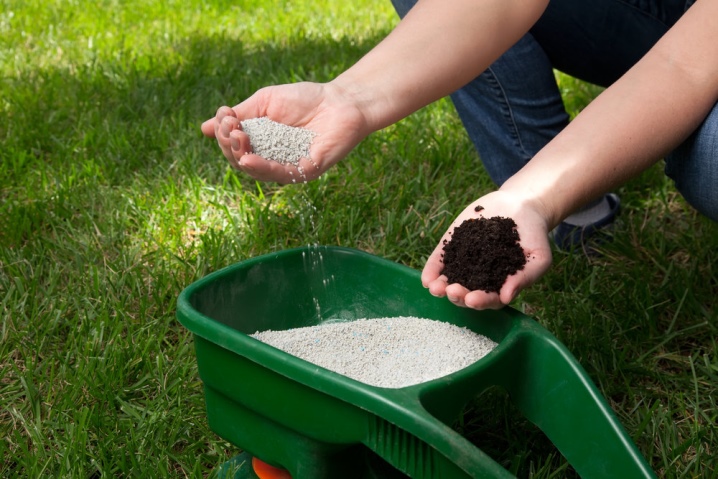
Traditionally, when planting a lawn, specially designed plants (also called lawns) are used. By their biological nature, these cultures are autotrophs, respectively, dissolved inorganic substances are the most suitable food for them. The most important of them include such chemical elements as nitrogen, potassium, phosphorus, calcium, magnesium, manganese, sodium, iron, zinc, copper, boron and many others. In addition, today specialized gardening stores sell universal complex fertilizers that fully meet the needs of the soil on which the grassy lawn grows.
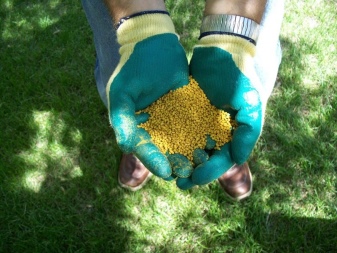
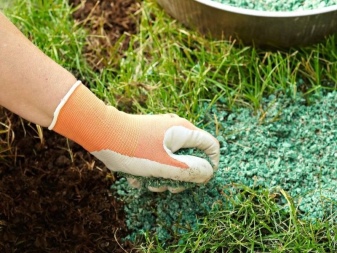
As for the regularity and intensity of fertilization, it should be borne in mind that these indicators depend on the individual characteristics of the soil (acidity and alkalinity, the amount of moisture) and external environmental conditions (air temperature, climatic conditions).
Experienced botanists and gardeners say that the appearance of the lawn testifies to the need to apply certain fertilizers. So, for example, if you noticed that the grass begins to turn yellow noticeably, then nitrogen should be added to the soil. In addition, there are seasonal rules for fertilizing - it is believed that the first fertilizing of the year should be done in the spring.
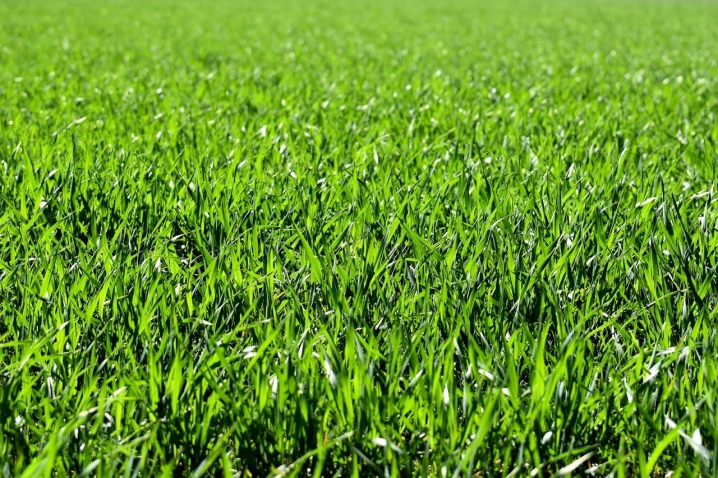
Disease and Weed Control
In addition to all the above care measures, your attention should also be paid to the fight against negative influences from the environment, namely diseases and pests.
So, if we talk about diseases of the lawn, then most often they arise due to a lack of such an important trace element as iron. Accordingly, in order to avoid diseases, the herbaceous coating should be treated with iron sulfate. This event is especially relevant for flooded soils. In addition, the use of special drugs is recommended: Gazontrel, Lontrel, Magnum. It should be borne in mind that the treatment with chemicals must be carried out very carefully, observing all safety rules (be sure to use gloves and a respirator).
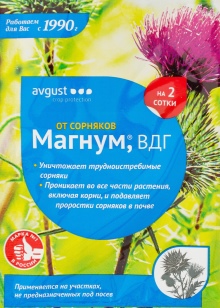

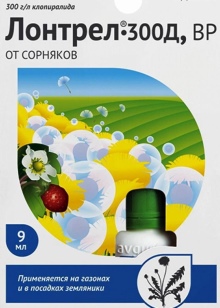
The most common weeds that grow on the lawn are dandelions. In order to get rid of them, you can use a well-known folk remedy - boiling water. Also, dandelions can be fought with citric acid.
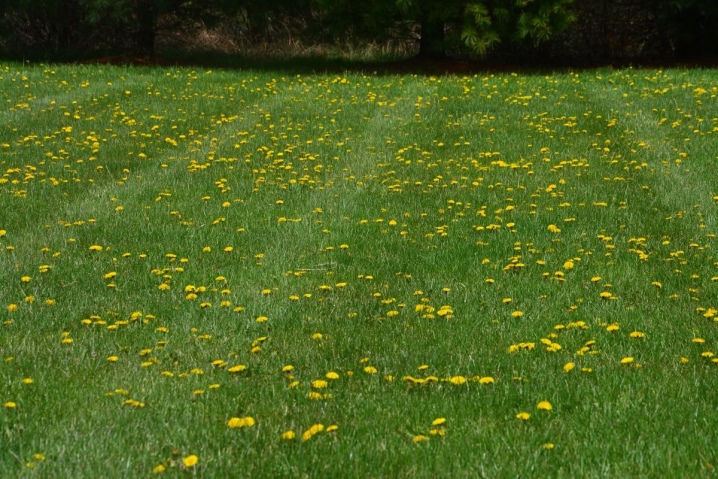
Other activities
The care procedures described above are basic and mandatory. However, in addition to them, in order to to make the lawn look better, as well as actively grow and develop, you can resort to additional measures.
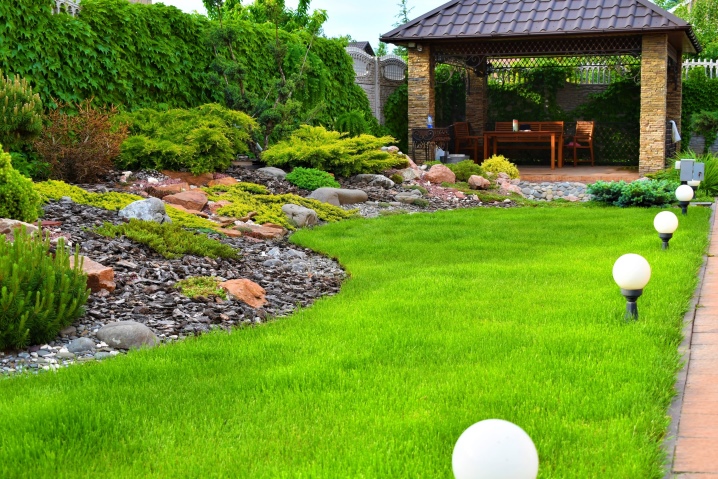
Aeration
Aeration is a procedure that contributes to the saturation of the soil with oxygen. In addition, it improves the absorption of nutrient minerals. Experts recommend aeration 2 times a year.
To carry out this care measure, using a mechanical aerator or a special aerator pad, the soil is punctured to a depth of 12-15 centimeters (in the absence of appropriate equipment, ordinary forks can be used). After aeration of the soil, it is recommended to feed it.
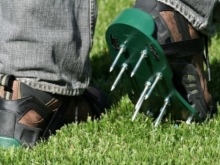
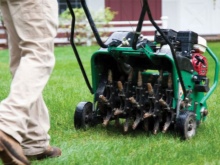
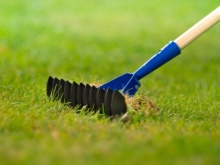
Mulching
This procedure can be called protective, since it prevents a large number of unfavorable processes: waterlogging, temperature fluctuations, drying out.
To carry out mulching, a layer of organic fertilizers must be applied to the dry surface of the soil (and no compaction should be performed in advance). Mulching is recommended in the autumn.
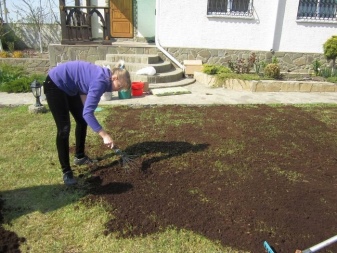
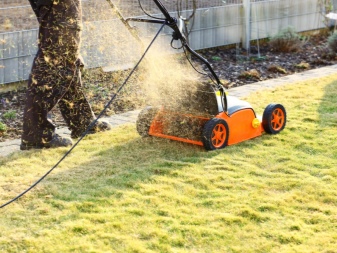
Scarification
Scarification, along with aeration, is a procedure that aerates the soil. At the same time, it differs significantly in technique. Besides, scarification activates the growth and development of the grass - the lawn becomes thicker and brighter. To carry out the procedure, you need to use a special device - a scarifier knife, with its help the soil is cut up and down.
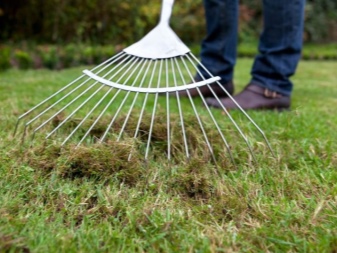

Seasonal work
You need to take care of the lawn grass according to the schedule, according to the calendar. In this case, it is recommended to focus both on the seasons and on individual months.
Spring
In the spring, the main work on the care of the lawn begins. In connection with the weather and climatic conditions of most of our country, early spring (especially its first month - March) is that time of the year when there is a high probability of decay of plantings and their root system. Respectively, as soon as possible, remove the snow and break the ice crust (if any).
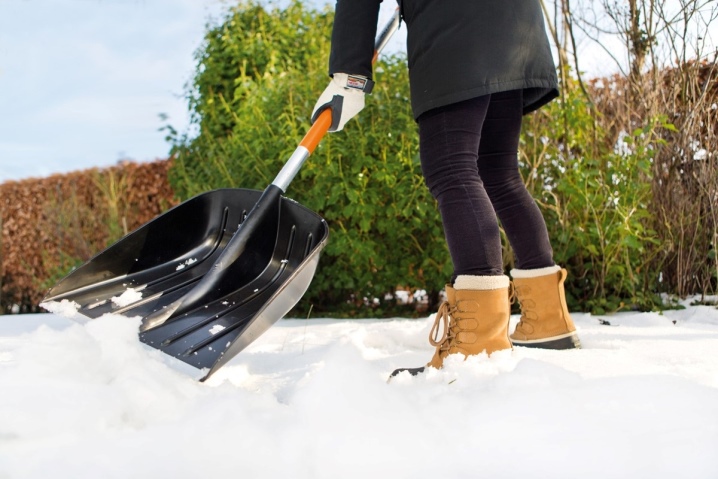
After the cold has finally ended (in April or May), it is necessary to carry out the initial cleaning of debris and last year's leaves. Traditionally, a special tool is used for these purposes - a fan rake. After harvesting is completely completed, you need to wait for the shoots to emerge. When they reach a height of 10 centimeters, you can do the first haircut, but you only need to trim 1-2 centimeters.
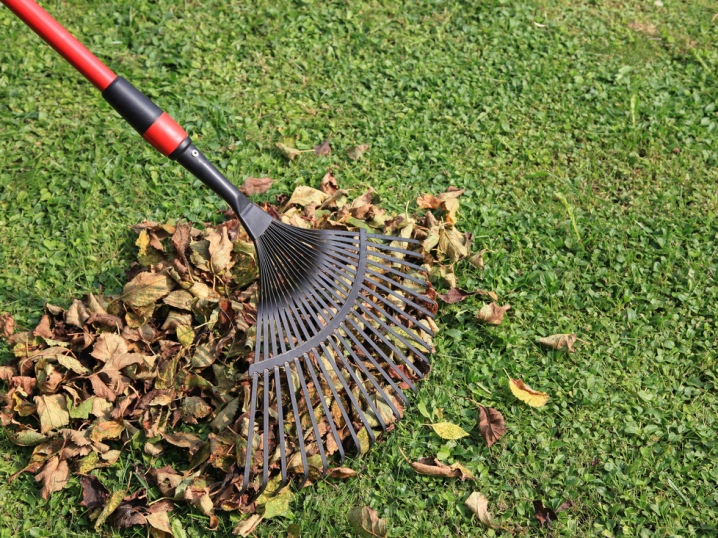
The next step is fertilization. It is recommended to use specially designed starter mixes. In addition, watering is especially important at this time. Further mulching, aeration, fungicide treatment are possible.
Helpful advice. In the spring, all grooming activities should be carried out especially carefully. This is due to the fact that the soil during this period is excessively moistened, respectively, there is a high probability of causing irreparable harm to it.
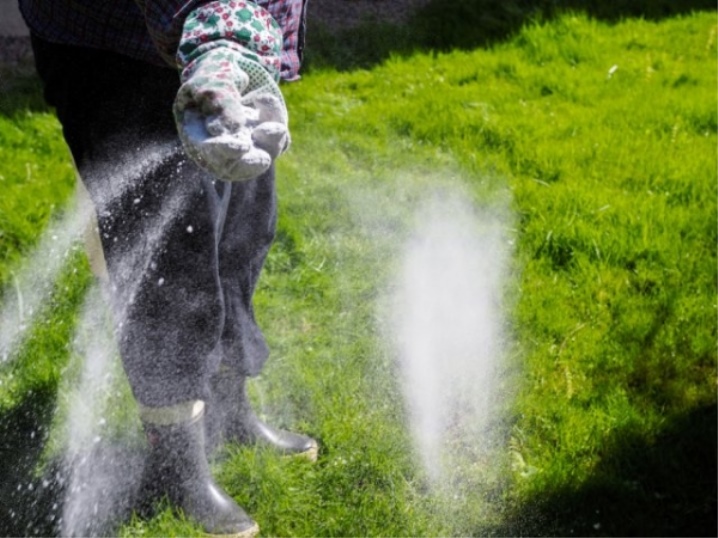
Summer
Watering is especially important in the summer. In order for the lawn not to dry out, you need to carefully calculate the required amount of water. Moisturizing the grass cover should be done 2-3 times a week. In addition to watering, clipping is of great importance.
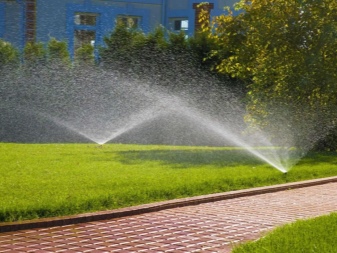
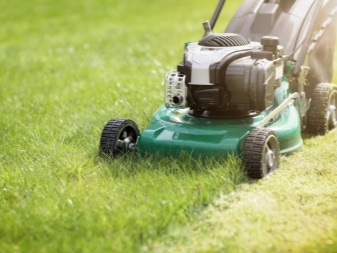
In the summer season, you need to carefully control the weeds (which at this time are still "young"), moreover, they must be weeded out by hand. This is due to the fact that the use of chemical mixtures can damage the lawn itself. In addition, it is recommended to regularly apply fertilizers and top dressing, thanks to which the soil will remain saturated throughout the year. It is also important to carry out scarification in the summer.
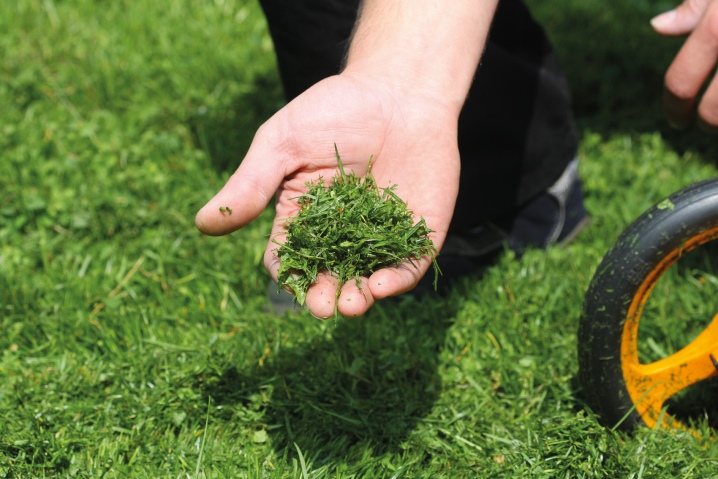
Autumn
All autumn grooming activities should have a single focus, their goal is to prepare the lawn for the cold season.
At the very beginning of autumn (namely, in September), it is necessary to carry out aeration, after which the soil should be filled with fertilizers and dressings. The most optimal choice at this time will be complexes of phosphorus and potash fertilizers. Their action is directly related to strengthening the root system of plants.

It is also worth keeping in mind that the regularity and intensity of watering changes in the autumn period - they are done only once a week (while for the most part it is worth focusing on the climatic conditions of the region in which you live).
If in the spring-summer period some parts of the lawn are bare, then the overseeding of plants is carried out precisely in the fall. After this procedure, walking on the lawn is prohibited.
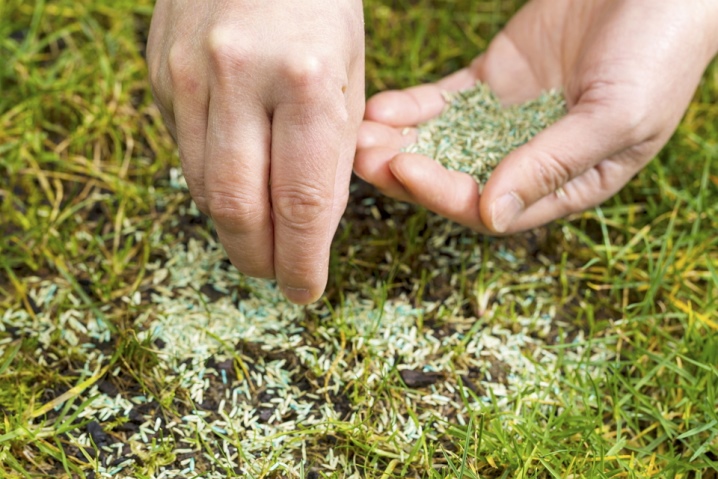
Winter
Winter is the period when the lawn needs simple and minimal maintenance. After all the preparatory measures have been completed, you need to take care of only one thing - so that the surface of the site is not subject to any damage.
Thus, a lawn is a grassy covering that needs maintenance throughout the year. It should be borne in mind that, depending on the season, grooming measures change.
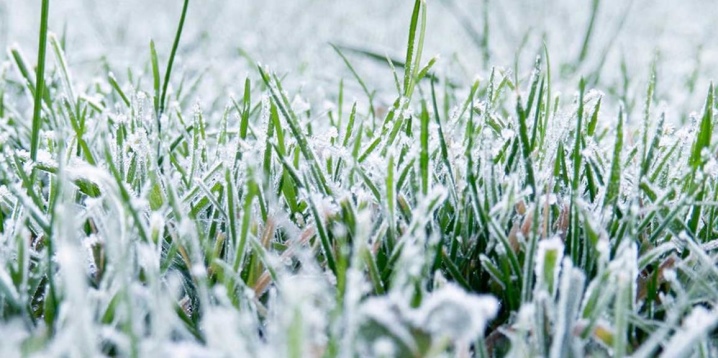
Possible mistakes
In the course of maintenance work for the planted lawn, it is worth adhering to the recommendations of specialists and observing a strictly defined sequence of actions. In this case, special attention should be paid to the condition of the plant root system.
Inexperienced gardeners and beginners often make a mistake in the process of calculating planting material for sowing lawn cover. In this regard, as a result, seedlings on the lawn may be weak, sometimes so-called bald spots appear. Due to these shortcomings, the lawn will look sloppy and not well-groomed.
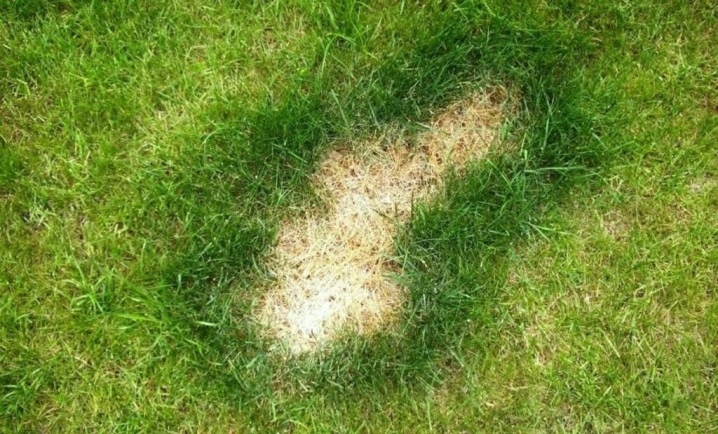
Another mistake is the lack of preliminary soil preparation or the initially incorrectly selected area. In this situation, you should carefully feed or fertilize the land, but you will not be able to completely cope with this problem.
Also, often, when fulfilling the requirements for maintenance measures, gardeners follow the technique, but do not adhere to the necessary regularity, which also negatively affects the condition and appearance of the lawn (for example, it may be yellow).

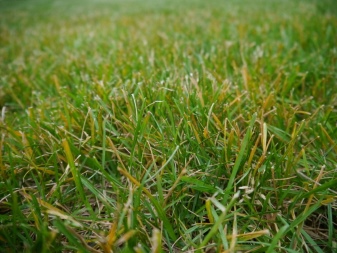
How to properly care for your lawn in spring, see the next video.



































































My lawn has been growing for 8 years. I practically do not look after him, sometimes I mow and water.
Good day! We were in kindergarten, on the playground, we made a roll-out lawn. Children and adults are very happy.
The comment was sent successfully.